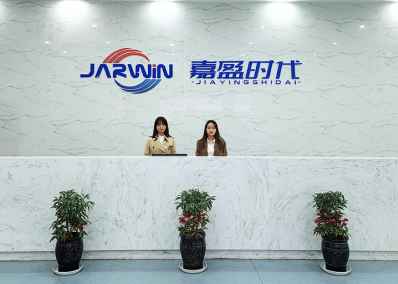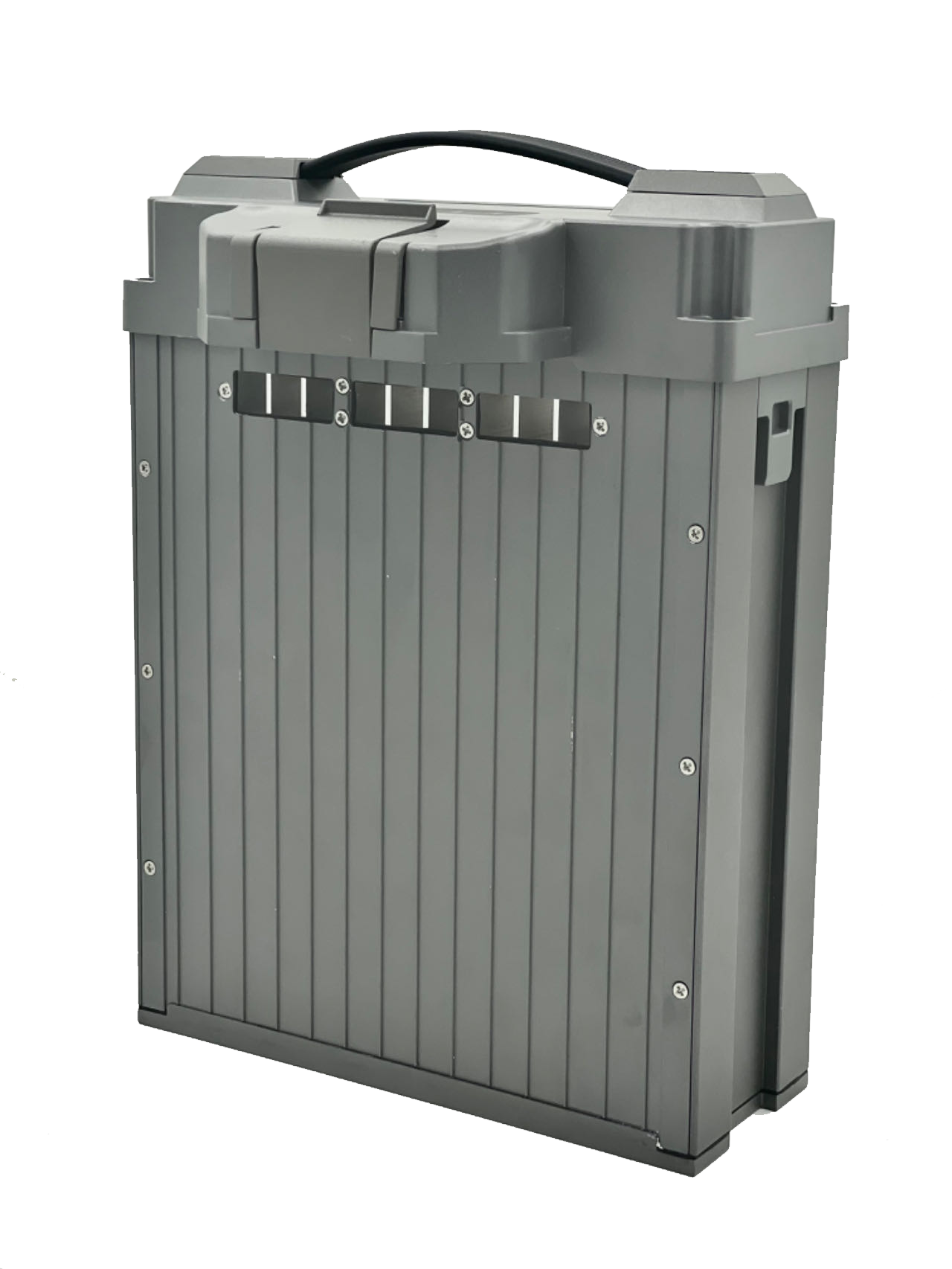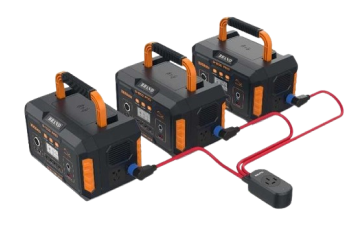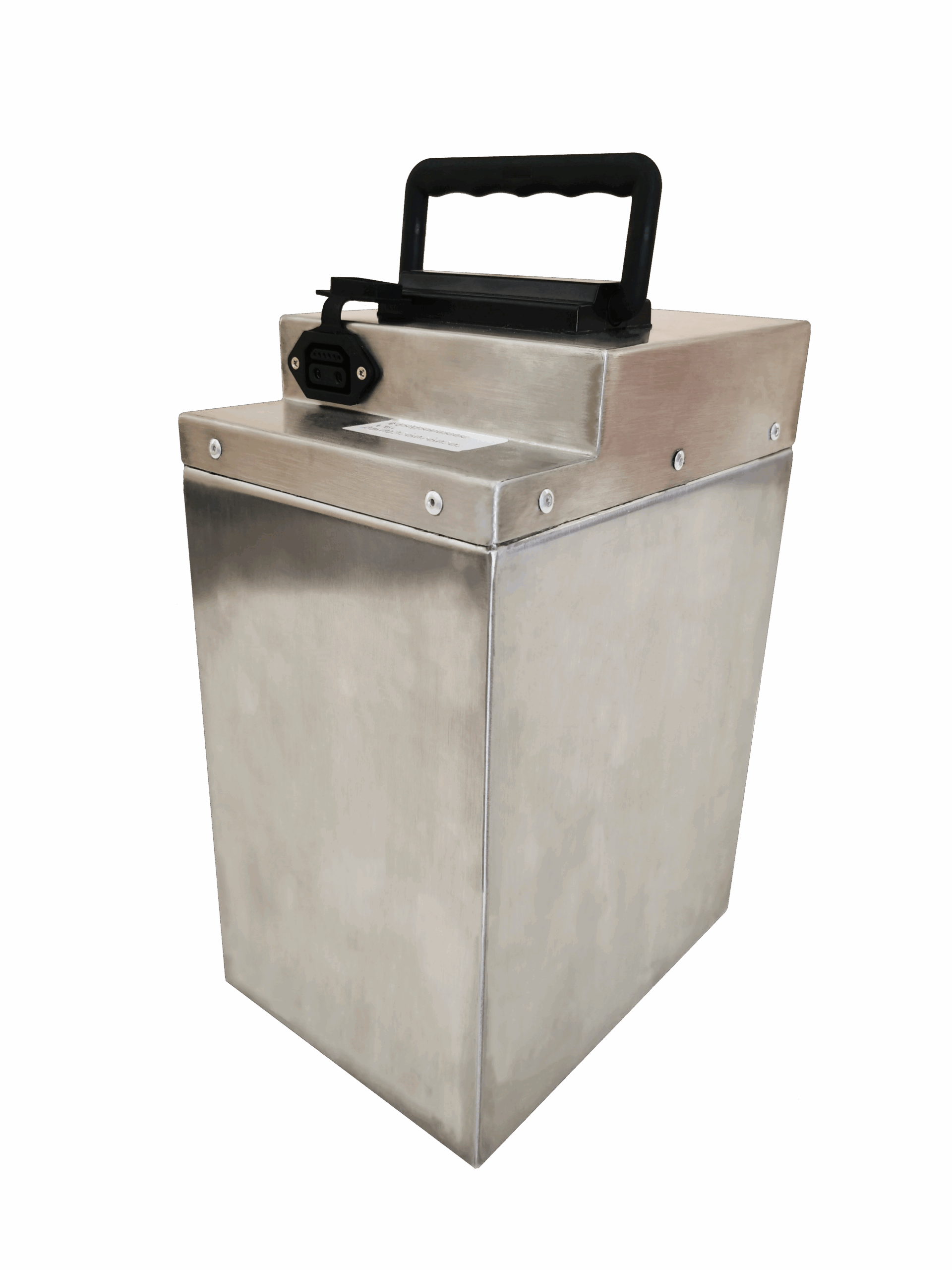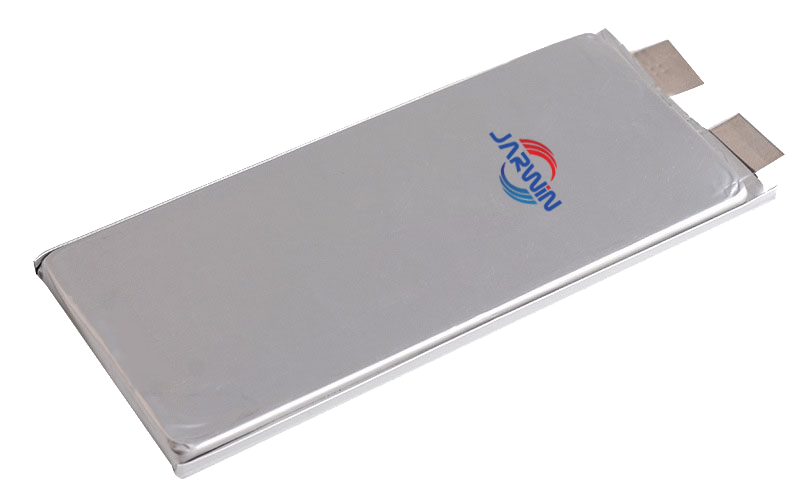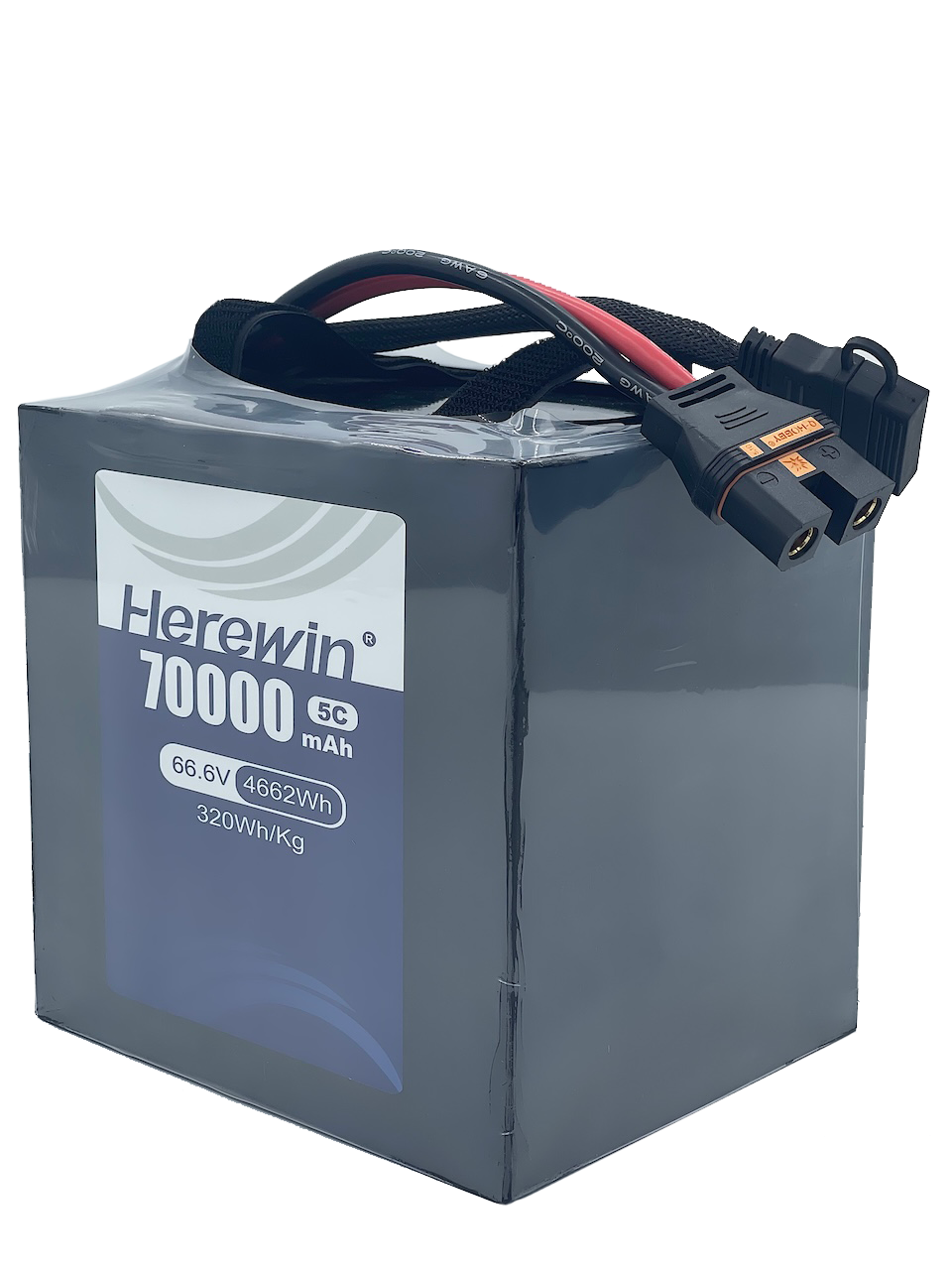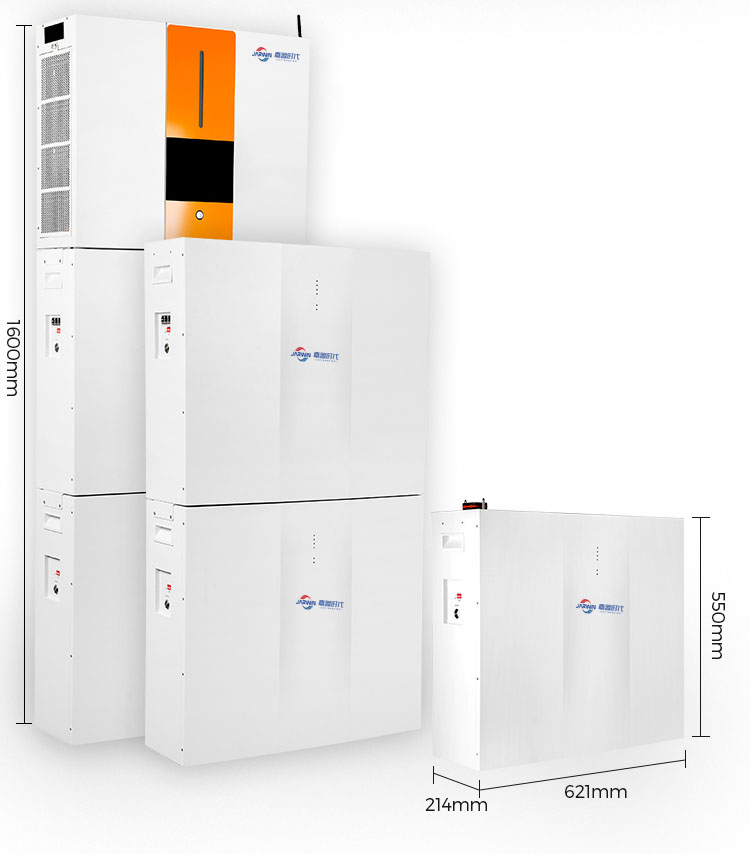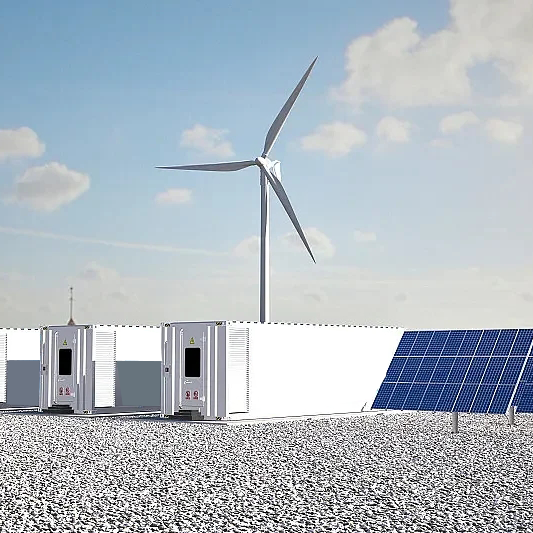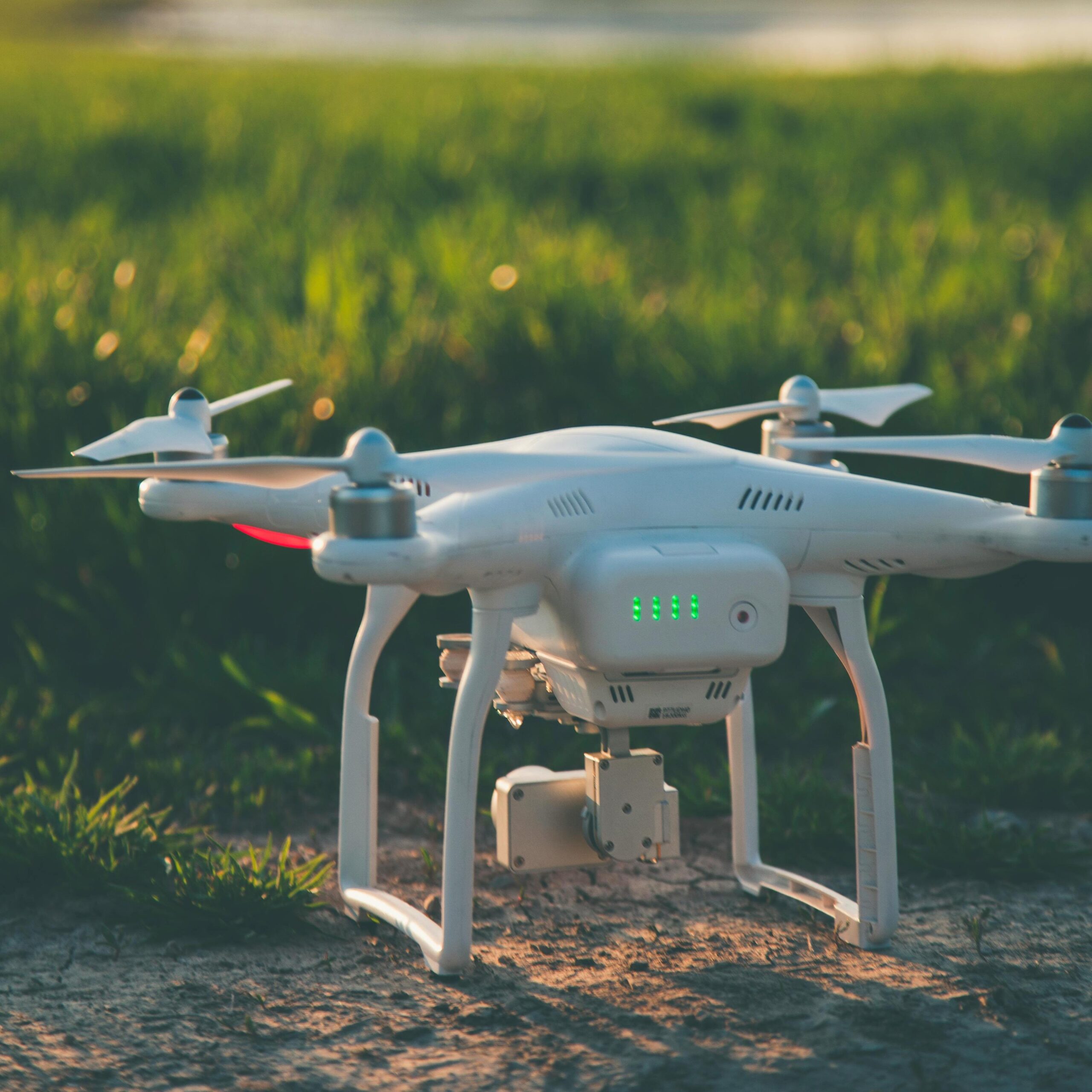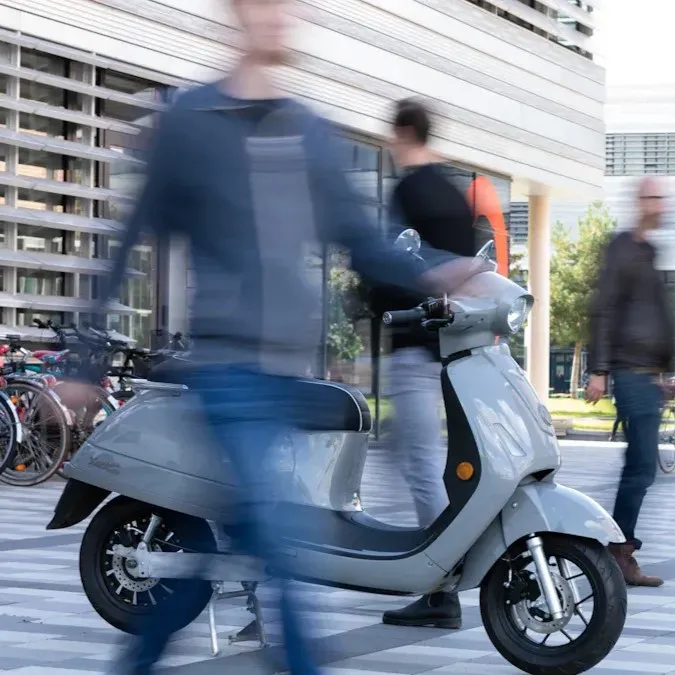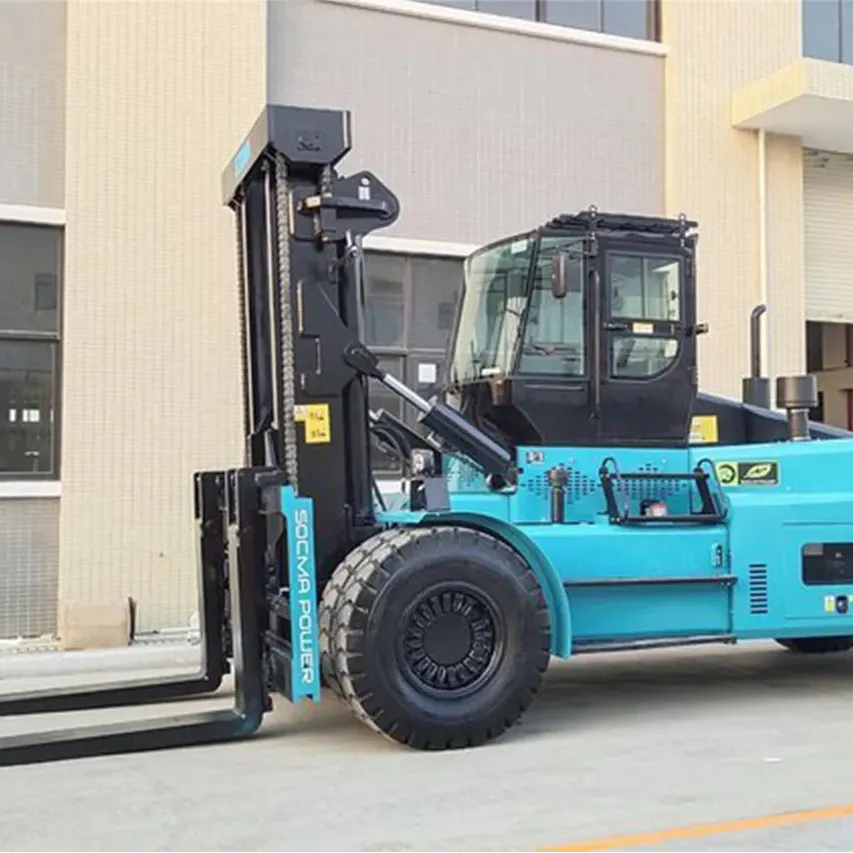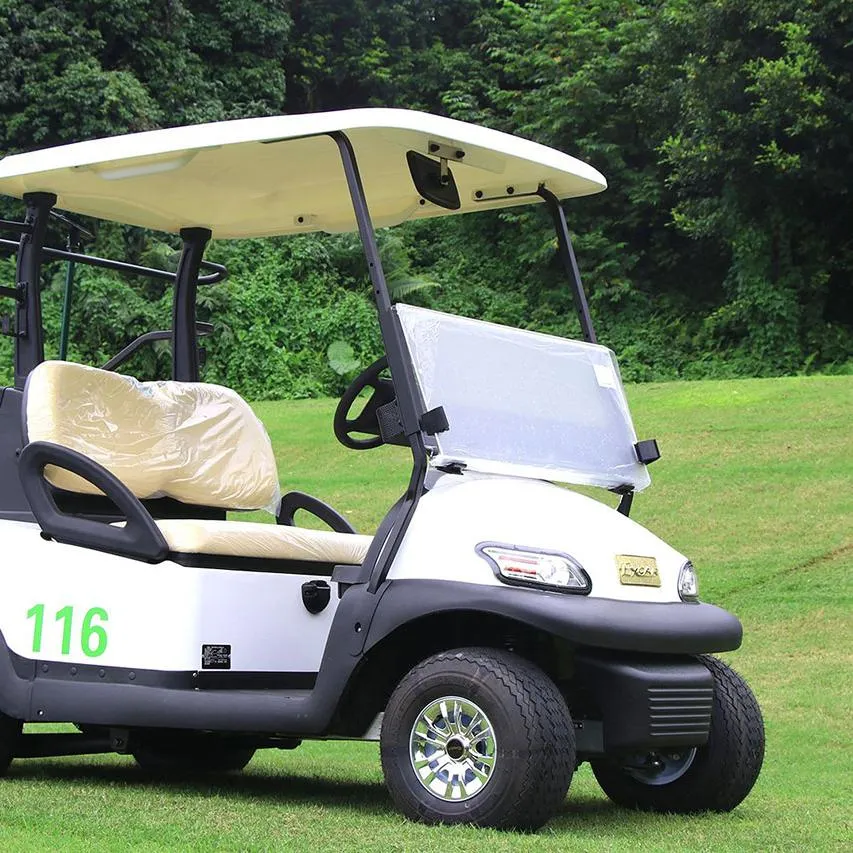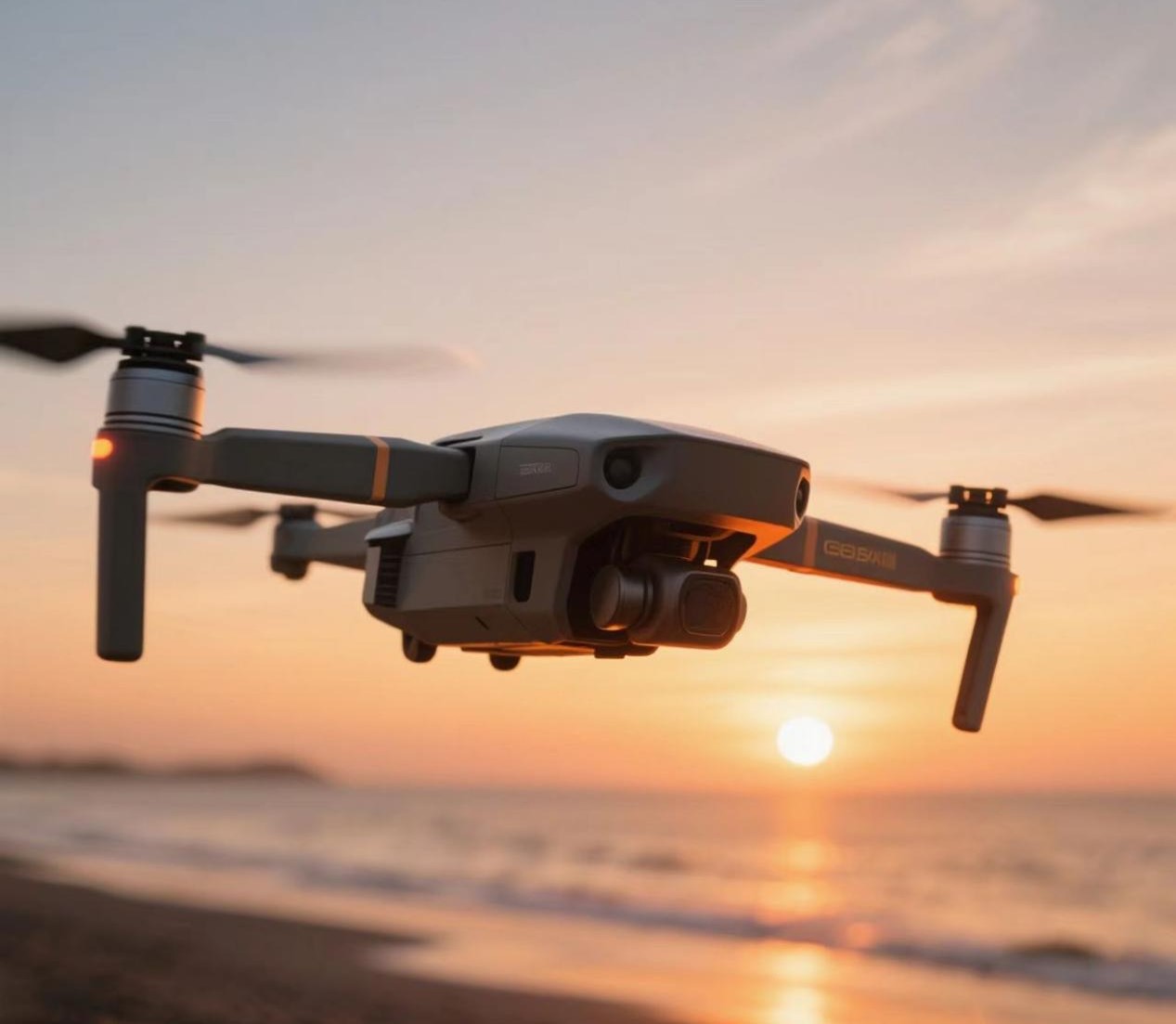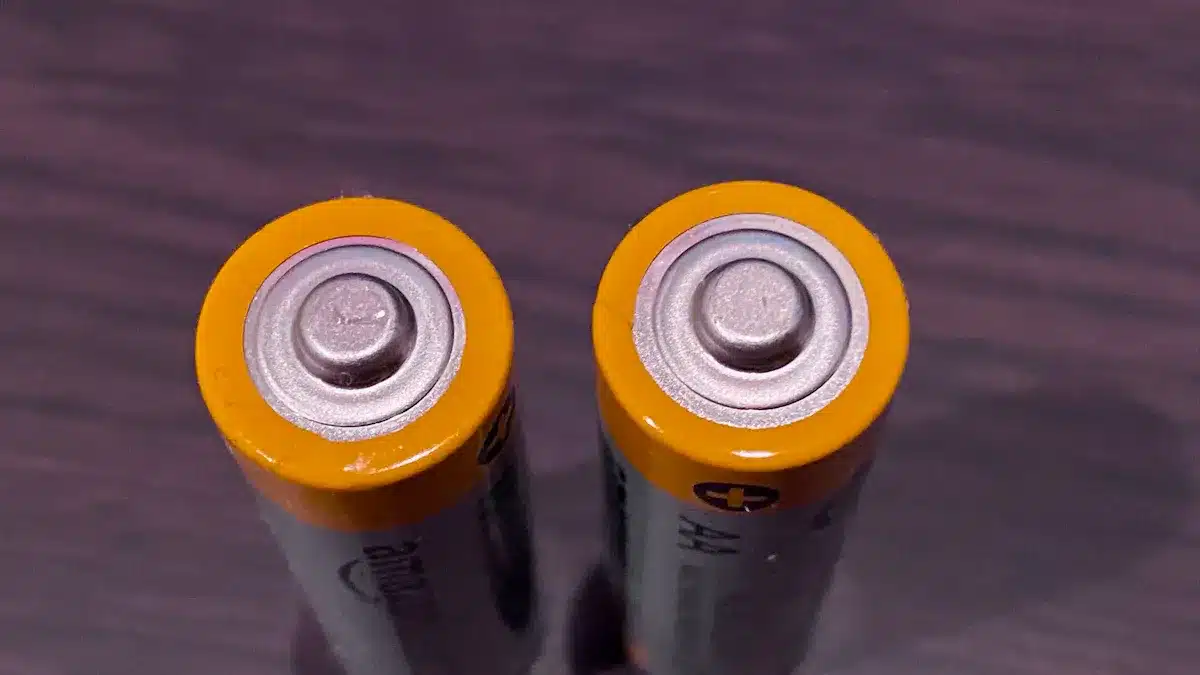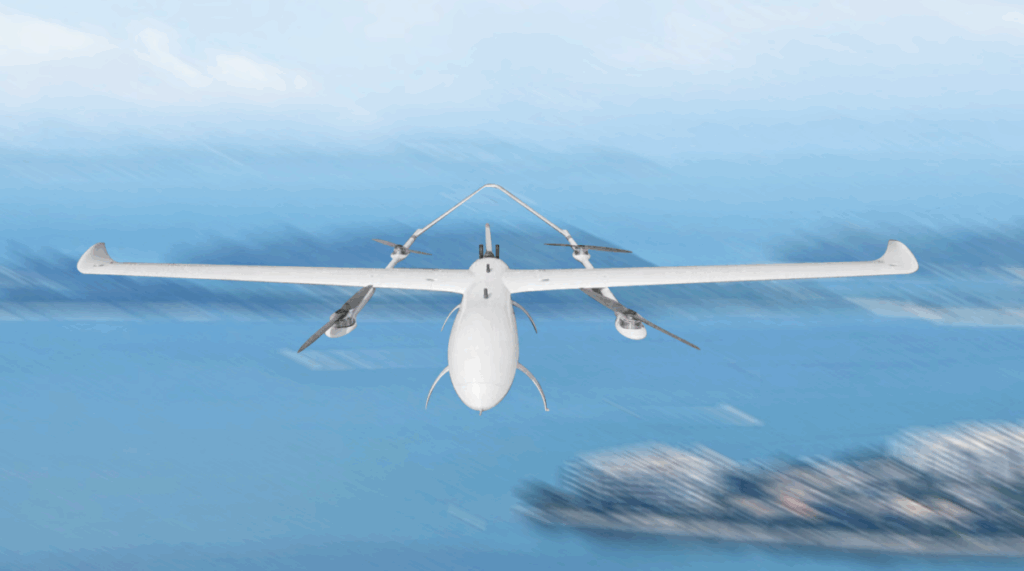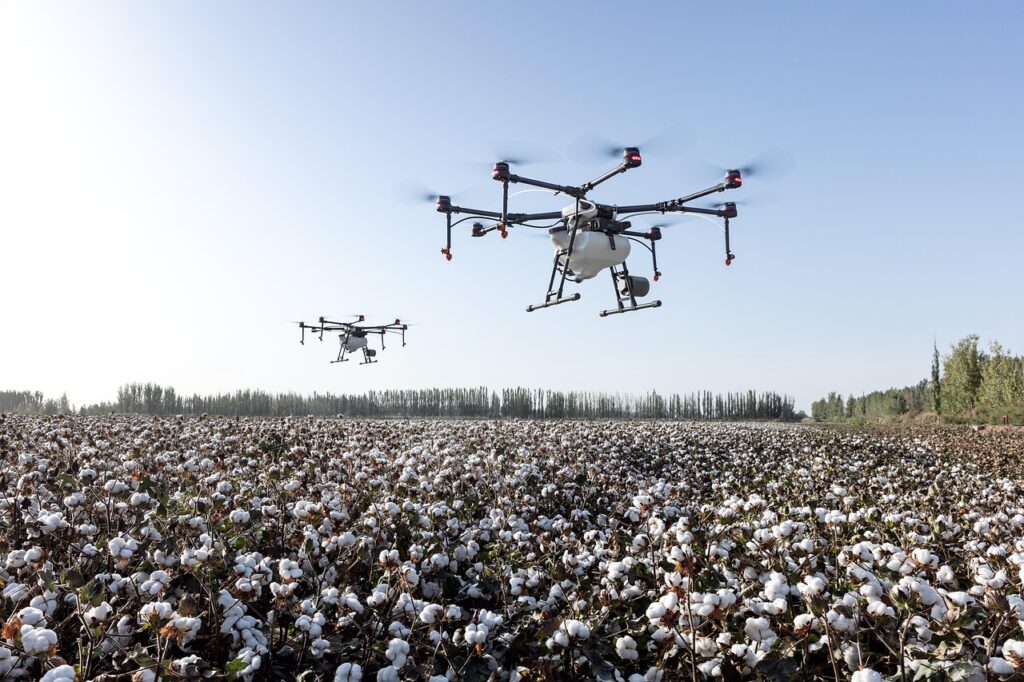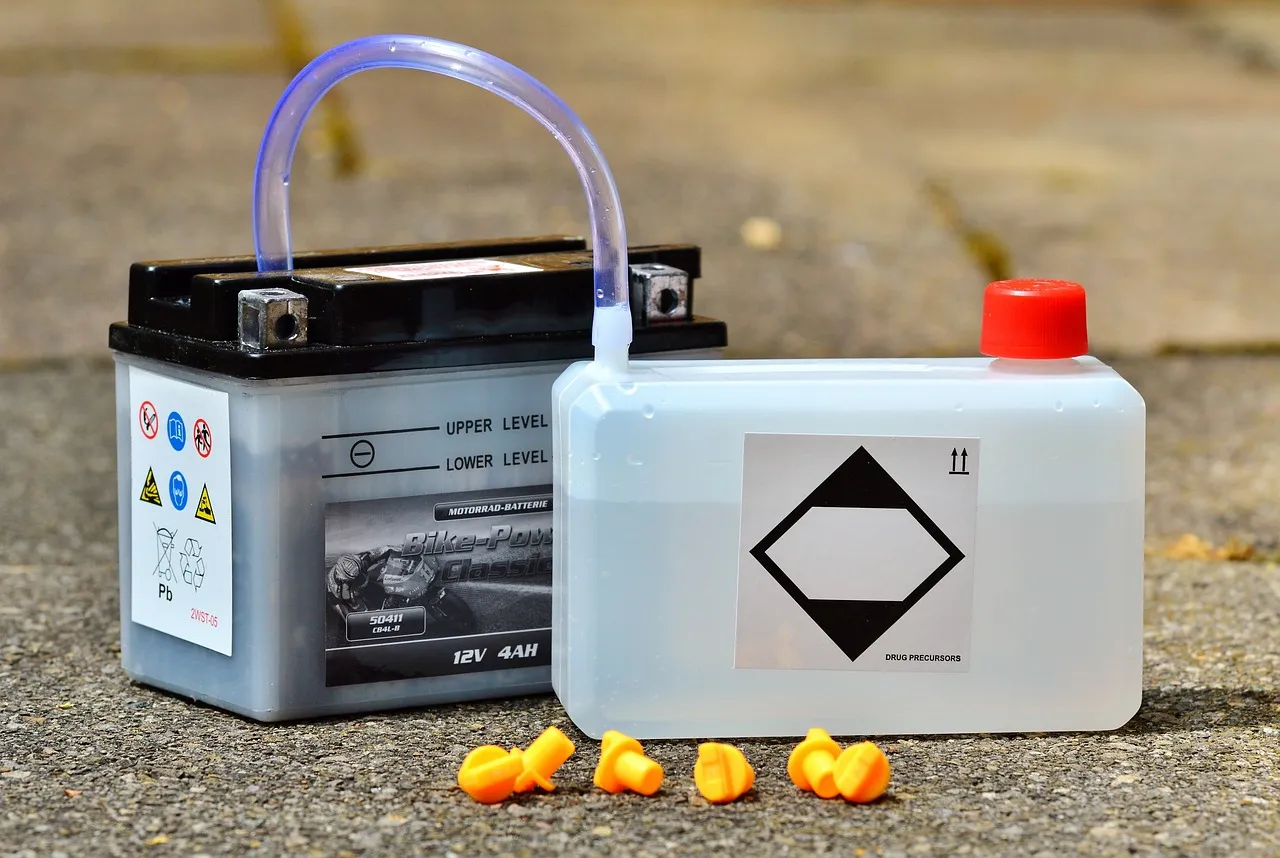
Drone battery packs now work better and last longer. This has changed how drones are used in many jobs. New ideas like high energy density help drones fly farther. Fast charging lets drones get ready quickly. Intelligent management systems make flights safer. Drones can now fly for more time. A new study found better battery prediction models. These models can lower energy estimation mistakes by over 99%.
Herewinpower is a top company for advanced drone battery pack solutions. They set new standards for drones all over the world.
Key Takeaways
- New drone batteries work longer and charge quickly. This helps drones fly farther and do more jobs. Smart battery systems keep drones safe. They watch the temperature and power to stop damage. Solid-state and semi-solid batteries make drones safer. They also give more energy and longer flight time. Recycling drone batteries cuts down on waste. It also saves important materials like lithium and cobalt. The drone battery market is growing fast. New technology makes drones helpful in many jobs.
Drone Battery Packs Today
Current Technology
Drone battery packs are very important for drones today. Most drones use lithium polymer or lithium-ion batteries. These batteries are light and hold a lot of energy. This makes them good for many types of drones. Companies like DJI and Skydio use new battery tech. This helps drones fly longer and work better.
Some main features of drone battery packs are:
- Smart battery management systems check voltage, temperature, and charge cycles.
- Thermal management uses heat sinks and insulation to keep batteries safe.
- Modular and swappable battery packs let you change batteries fast.
- Smart chargers help batteries last longer.
| Metric / Battery Type | Lithium Polymer (LiPo) | Lithium-ion (Li-ion) | Lithium Metal |
|---|---|---|---|
| Market Share (2024) | 52% | 26% | 11% |
| Typical Flight Duration | 25-40 min (industrial) | 25-40 min | Extended range (~33% more) |
| Applications | Photography, racing, delivery | Inspection, agriculture, indoor drones | Defense, hybrid UAVs |
| Key Advantages | High energy density, lightweight | Durability, recharge efficiency | Longer shelf life, lighter weight |
There are over 14 million drones in use around the world. About 65% of them use lithium batteries. Most industrial drones can fly for 25 to 40 minutes. Regular care and updates help batteries work well.
Limitations
Even with new tech, drone battery packs have problems. Drones can only fly for 20 to 40 minutes per charge. Hot weather and heavy loads make batteries weaker. Batteries can be unsafe if not managed right. Rules help keep batteries safe.
Note: Recycling and sustainability are still problems. Only about 60% of drone batteries get recycled. This can hurt the environment.
Other problems are:
- Advanced batteries cost a lot.
- It is hard to get enough lithium, nickel, and cobalt.
- Batteries do not work well in very hot or cold weather.
- Rules for moving and using batteries are complicated.
The industry wants to make batteries better. Solid-state and hybrid batteries may help drones fly longer and safer. As drones get better, so will their batteries.
Innovations in Drone Batteries
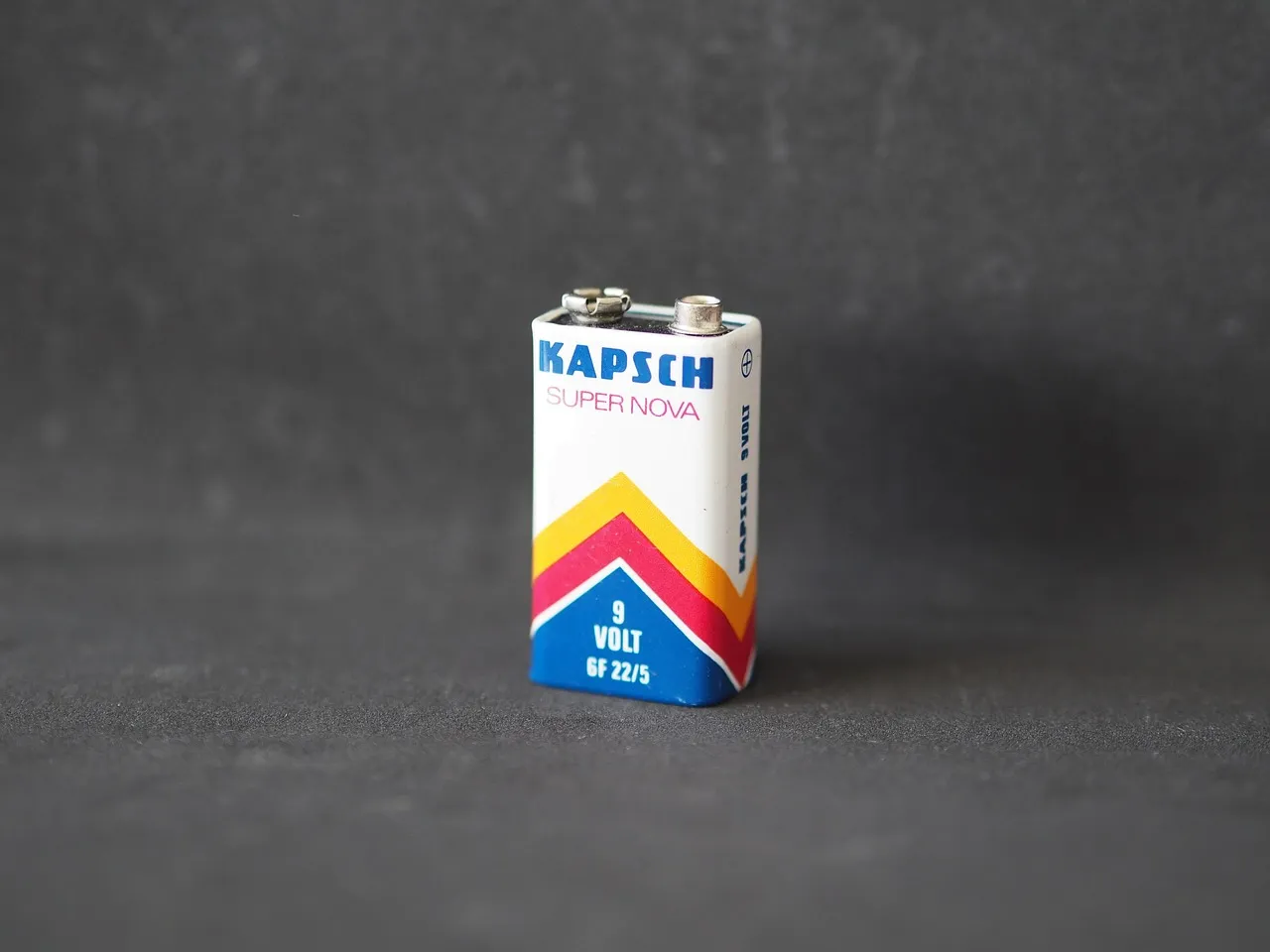
High Energy Density
High energy density is very important for new drone batteries. Engineers use new materials to store more energy in batteries. This lets drones fly longer and carry heavier things. Herewinpower’s soft pack UAV batteries use special ternary lithium and semi-solid technology. These batteries can reach up to 340Wh/kg energy density. That is over 30% more than many old batteries.
Recent studies show silicon anode lithium-ion batteries can reach 500 Wh/kg. They also reach 1,300 Wh/L in volumetric energy density. These new batteries help drones stay in the air much longer. For example, the AALTO Zephyr HAPS UAV flew for 67 days with these batteries. The table below shows some main features:
| Feature / Metric | Details / Values |
|---|---|
| Battery Type | Silicon anode lithium-ion |
| Gravimetric Energy Density | Up to 500 Wh/kg |
| Volumetric Energy Density | Up to 1,300 Wh/L |
| Cycle Life | Up to 1,200 cycles |
| Operating Temperature Range | -30°C to 55°C |
| Demonstrated Use Case | 67-day continuous flight (AALTO Zephyr HAPS UAV) |
Better battery capacity and energy density help drones do harder jobs. Drones can now help with mapping, deliveries, and emergencies.
Semi-Solid-State Technology
Solid-state batteries are a big step forward in battery tech. These batteries use solid electrolytes, not liquids. This makes them safer and gives them more energy. They also last longer. Herewinpower leads with its semi-solid-state batteries. These batteries mix solid and liquid systems for better results.
Herewinpower’s semi-solid-state batteries have 300 to 450 Wh/kg energy density. They use a hybrid electrolyte system. This makes them safer and more stable. These batteries do not overheat easily and work in tough weather. Drones with these batteries can fly longer and carry more weight.
Solid-state batteries last a long time. Some can be used over 1,500 times before needing to be replaced. This saves money in the long run. As drones get better, these batteries will become the top choice.
Note: Solid-state batteries are safer and work better in hot or cold weather. They also let drones use more power when needed.
Fast Charging
Fast charging has changed how people use drone fleets. Herewinpower’s batteries support 5C fast charging. This lets a battery reach 80% in just 30 minutes. This is important for jobs like rescue or delivery.
Industry reviews say fast charging saves time and helps drones work more. Companies do not need big charging rooms or lots of extra batteries. Zipline’s medical drones show that fast charging helps drones do more jobs each day. Some batteries now charge from 0% to 80% in under six minutes.
Fast charging also uses wireless power transfer. This includes magnetic resonance coupling and inductive power transfer. These let drones charge quickly at base stations. This makes it possible for drones to work almost all the time. As more people use drones, better charging will help drones fly more often.
Smart Management
Modern drone batteries use smart management systems for safety and better performance. Herewinpower puts intelligent battery management systems (BMS) in its batteries. These systems watch voltage, temperature, and current all the time. They stop overcharging, deep discharging, and overheating.
Smart BMS balances each battery cell. This helps batteries last longer and keeps drones safe. Smart BMS can find problems before they happen. They use data and sometimes artificial intelligence to keep batteries healthy.
Smart management systems also let people check batteries from far away. Operators can see battery status, plan repairs, and stop problems before they start. These new battery technologies make drones safer and more reliable.
Smart battery management is now needed for every drone fleet. It helps drones last longer, saves money, and keeps flights safe.
Safety and Reliability
Advanced BMS
Advanced battery management systems are very important for drone batteries. These systems watch each cell’s voltage, temperature, and current all the time. They stop batteries from getting too full or too empty. They also keep batteries from getting too hot. Herewinpower uses smart battery pack technology with intelligent BMS. This technology works like a “guardian” for every battery. It looks for problems and fixes them before damage happens. Operators can check battery health from far away. This helps them plan repairs and stop sudden problems.
Tip: A smart BMS helps batteries last longer and makes flights safer for all drone fleets.
Safety Features
Drone battery safety features have gotten much better. Many batteries now have more than one layer of protection. These features include:
- Overcharge and over-discharge protection
- Short-circuit prevention
- Temperature control sensors
- Fire-resistant casing
Herewinpower’s batteries use soft pack designs with semi-solid technology. This design helps stop punctures and lowers fire risk. The batteries also work in very hot or cold weather, from -20°C to 60°C. These features make drones safer for many jobs, like delivery, farming, and rescue.
| Safety Feature | Benefit |
|---|---|
| Overcharge Protection | Stops battery swelling |
| Temp Sensors | Prevents overheating |
| Fire-resistant Case | Lowers fire risk |
| Soft Pack Design | Stops punctures |
Regulations
Regulations help keep drones safe. Governments make rules for how to move, store, and use batteries. For example, the UN38.3 standard tests batteries for safe shipping. Many countries want drone batteries to pass these tests. Herewinpower’s products meet tough international standards, like CE and RoHS. These certifications let people ship and use batteries safely around the world.
Note: Always check your local laws before flying drones with new battery types.
Sustainability and Innovation
Eco-Friendly Materials
Herewinpower is a leader in using eco-friendly materials for drone battery packs. The company cares about green growth and a low-carbon world. Makers now use recycled plastics, metals, and carbon fiber in drone parts. These materials help save new resources. Some companies build modular drones so parts are easy to swap. This helps drones last longer and makes less electronic waste. More research is happening on biodegradable and modular designs. These actions support green energy and help the industry move to a circular economy.
- Better recycling programs for lithium-ion batteries stop dangerous chemical leaks.
- Standard battery modules that are easy to recycle make recycling faster.
- Investing in new battery tech, like solid electrolytes, lowers dangerous waste.
Recycling
Recycling is very important for making drone batteries more sustainable. But only about 5% of lithium batteries get recycled worldwide. Most batteries go to landfills because recycling costs too much. Mining new materials is cheaper. The need for lithium, cobalt, and nickel goes up by about 30% each year. This puts more stress on natural resources. To be more sustainable, the industry needs better recycling methods. Robots and machines can help recover useful materials faster. Recycling batteries keeps waste out of landfills and supports a circular economy.
- Recycling carbon fiber uses just 5–10% of the energy needed to make new fiber.
- Studies show batteries cause 98% of the environmental impact in drone use.
- Better recycling means less need to dig up new materials.
Environmental Impact
Drone batteries have a big effect on the environment. Lithium-ion phosphate batteries in drones use about 75 MJ of energy and make about 4.7 kg of greenhouse gases per kilogram. Most of the carbon footprint from drones comes from batteries and charging them. The type of electricity used changes the total emissions. Many old drone parts still end up in landfills because recycling is not common yet. New recycling and green efforts can help lower these problems. Clear reports and better recycling help companies track and cut their carbon footprints. Herewinpower keeps working on green battery technology to help make the drone industry cleaner.
Long Battery Life and Performance
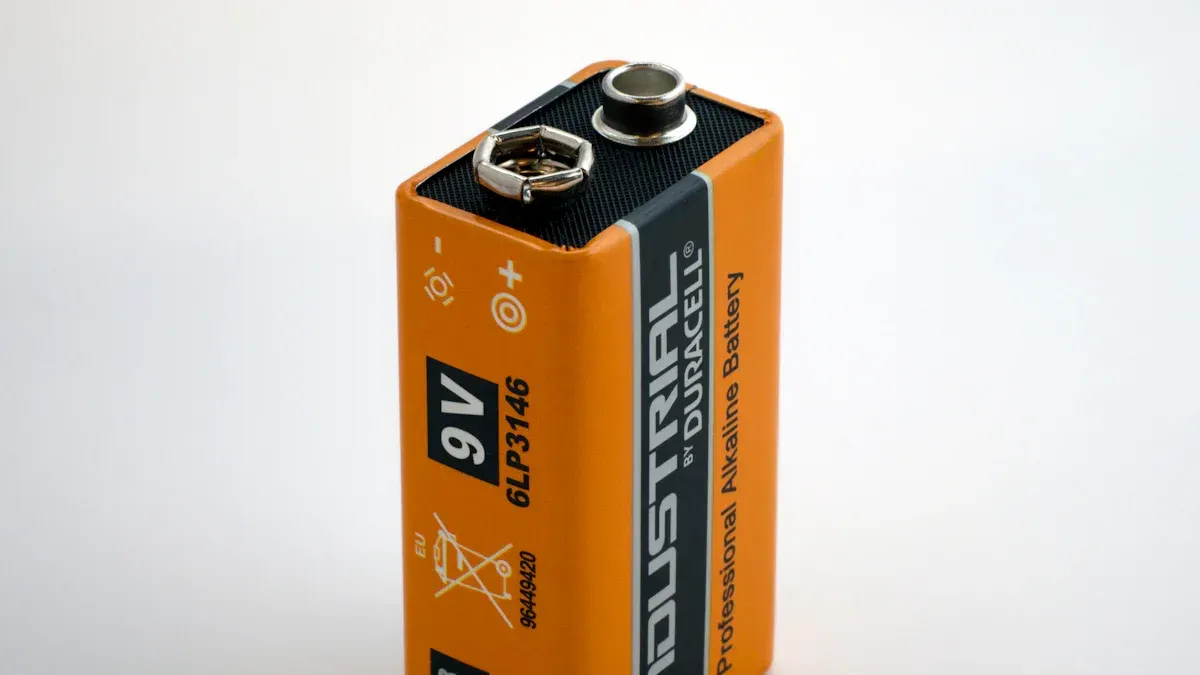
Extended Flight Time
Long battery life is very important for drone users. Drones that fly longer can do more jobs before stopping. New battery technology from herewinpower helps drones stay in the air longer. High battery capacity lets drones fly up to 17 minutes per charge. This is about 50% more than regular batteries. Drones can now deliver more packages in one trip. They can also travel farther without stopping. Fewer battery swaps are needed, so pilots save time and feel less stress.
Payload and Efficiency
Battery life changes how much a drone can carry. It also affects how well the drone works. Autonomous last-mile delivery drones must lift packages and go far. High battery capacity lets drones carry heavier loads. It does not lower flight time. The newest batteries work with many payloads like LiDAR and gas sensors. They also work with surveying tools. Operators say better battery life means they use only one battery for inspections. This doubles the time they can inspect and makes work faster.
| Aspect | Details |
|---|---|
| Flight Time | Up to 17 minutes per charge, 50% more than standard batteries |
| Inspection Efficiency | Doubled effective inspection time with constant taxi time |
| Cycle Life | Up to 100 charge cycles, lowering cost per flight |
| Payload Compatibility | Supports various payloads for autonomous last-mile delivery drones |
| Operational Impact | Fewer battery swaps, more ground covered, improved data capture |
Industry Applications
Long battery life changes how companies use drones. Delivery drones can bring more packages with fewer stops. In mining, drones check bigger areas in one flight. Survey teams map land faster and get better data. Emergency crews use drones to search large places without recharging. Delivery drones need long battery life most. They must reach customers quickly and do more work in less time.
Tip: Pick drones with long battery life and high battery capacity. This helps companies save time and money. It also makes their service better.
Future Trends
Ongoing Research
Scientists are working hard to make drone batteries better. In 2024, new lithium-based batteries let drones fly for 40 minutes at -20°C. Old batteries could only last 10 seconds in that cold. This big change helps drones work in tough places. Drones can now help with defense, fixing things, and emergencies. Scientists are also testing hydrogen fuel cells for longer flights and no pollution. Some drones use light solar panels to charge while flying. This helps with checking the environment and helping after disasters. Material scientists want solid-state batteries that are safer, charge faster, and weigh less. Hybrid power systems mix batteries with fuel cells or supercapacitors. These systems help drones fly longer for delivery jobs. Companies and governments are spending money to make these ideas real. They want drones to work better and be good for the planet.
AI and Smart Systems
Artificial intelligence is changing how drones use energy. AI helps drones pick the best flight paths and save power. This lets drones fly longer and do more jobs. AI also checks how much power drones use while flying. It changes settings to save energy and make batteries last longer. Smart programs can find battery problems early. Operators can change batteries before they break. Smart battery systems use special ways to talk to each other. They check battery health, balance cells, and let you swap batteries fast. These things help drones work longer without stopping. New designs and custom parts make smart systems fit many drones. This makes drones work better and last longer.
Market Outlook
The drone battery market will grow a lot in the future. By 2033, it could be worth $48.99 billion. In 2024, it was $8.13 billion. The market grows by 21.9% each year. North America has the biggest share. Lithium-based batteries are still the most used. The table below shows some important numbers:
| Report Source | Start Year | End Year | Start Value (USD Billion) | End Value (USD Billion) | CAGR (%) | Highlights |
|---|---|---|---|---|---|---|
| Grand View Research | 2024 | 2033 | 8.13 | 48.99 | 21.9 | AI integration, new chemistries, North America leads |
| Market Research Future | 2023 | 2032 | 2.44 | 8.5 | 14.88 | Growth from commercial, military, and consumer demand |
| MarketsandMarkets | 2025 | 2030 | 1.59 | 2.41 | 8.7 | Delivery, agriculture, and defense drive innovation |
Drones that deliver packages will get the most help from new batteries. Lipo batteries will be used in more ways as new ideas become normal. Companies that use solid-state and hybrid batteries will lead the way in drone technology.
New ideas in drone battery packs help drones fly longer. They also make flying safer and better for the planet. Herewinpower makes strong batteries that last a long time. These batteries help drones work well and stay safe. Experts say both new tech and rules help drones get better. The table below shows how each battery type helps drones grow:
| Battery Type | Impact on Drone Industry Growth |
|---|---|
| Lithium Polymer | High energy density, longer flights, more applications |
| Lithium-Ion | Safety features, supports industrial use |
| Solid-State | Higher energy, safety, and lifespan, revolutionizes capabilities |
Better batteries will let drones do even more in the future.
FAQ
What makes semi-solid-state batteries safer for drones?
Semi-solid-state batteries use a mix of solid and liquid parts. This design helps stop fires and keeps the battery steady. Drones with these batteries can fly in very hot or cold places. People trust these batteries for big jobs.
How does recycling drone batteries help the environment?
Recycling drone batteries keeps bad chemicals out of the ground. It also saves important metals like lithium and cobalt. Companies that recycle help the earth and make it cleaner.
Why do drones need smart battery management systems?
Smart battery management systems watch voltage, temperature, and current. These systems stop batteries from getting too full or too hot. They help drones fly safely and make batteries last longer.
Can drone batteries be recycled more than once?
Yes, drone batteries can be recycled again and again. Each time, metals and other parts are saved. This cuts down on waste and helps reuse materials.
How do high energy density batteries improve drone performance?
High energy density batteries hold more power in a small space. Drones can fly longer and carry more weight. This helps drones finish more work with one charge.

